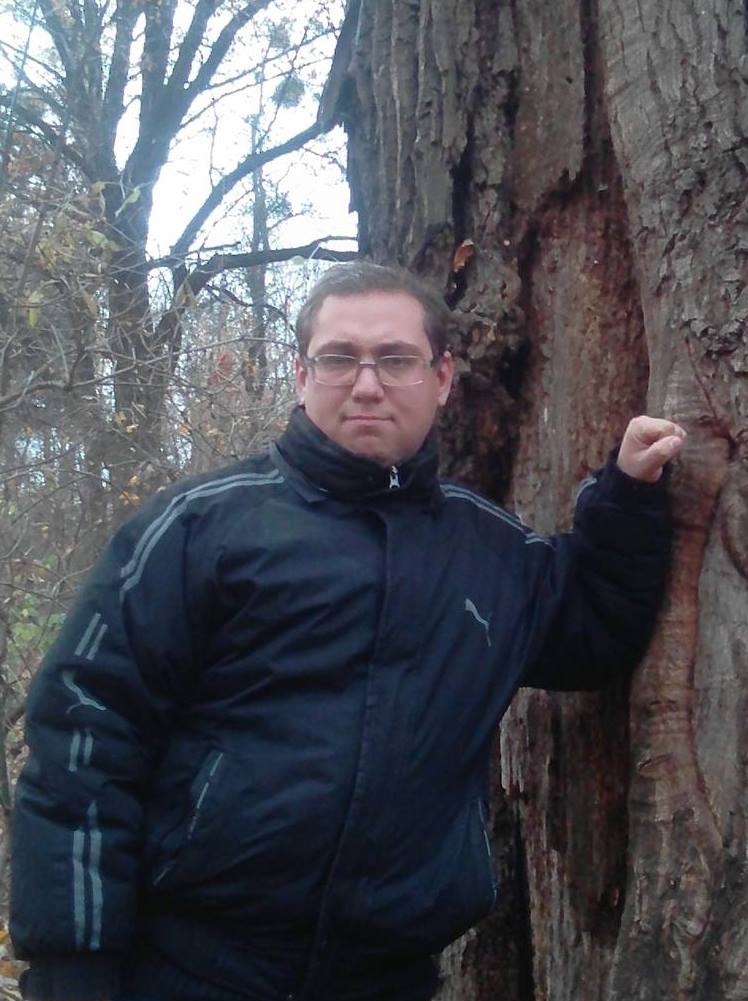American high school student Matthew Paz helped scientists sort through data from the NEOWISE space telescope. The artificial intelligence-based system he created found 1.5 million previously unknown space objects.

Matthew Paz’s hobby
Through his research at the California Institute of Technology, a local high school student discovered 1.5 million previously unknown objects in space, expanded NASA’s mission capabilities and published a one-person paper.
Matteo Paz’s paper, published in The Astronomical Journal, describes the new artificial intelligence algorithm he developed that has resulted in these discoveries and can be adapted by other astronomers and astrophysicists for their own research.
Paz had wanted to study astronomy ever since his mother took him to open lectures about stargazing at the California Institute of Technology when he was in grade school. He came to campus in the summer of 2022 to study astronomy and related computer science at the California Institute of Technology’s Planet Finder Academy under astronomy professor Andrew Howard. Astronomer and IPAC senior scientist Davy Kirkpatrick was Paz’s mentor.
Variable object data from an infrared telescope
Kirkpatrick wanted to get more information from NEOWISE (Near-Earth Object Wide-field Infrared Survey Explorer), an infrared telescope that is no longer in operation but has scanned the entire sky for more than 10 years looking for asteroids and other objects near Earth.
While NASA’s telescope was busy observing asteroids, it also detected the variable temperatures of other more distant cosmic objects that flared, pulsed or dimmed intensely when they were eclipsed. Astronomers call these objects variable objects: hard-to-see phenomena such as quasars, exploding stars, and paired stars that eclipse each other.
But the data on these variable objects have not been used yet. If the NEOWISE team could identify these objects and make them available to the astronomical community, the resulting catalog could provide insight into how space objects change over the years.
“At that point, we were creeping up towards 200 billion rows in the table of every single detection that we had made over the course of over a decade,” Kirkpatrick says. “So my idea for the summer was to take a little piece of the sky and see if we could find some variable stars. Then we could highlight those to the astronomic community, saying, ‘Here’s some new stuff we discovered by hand; just imagine what the potential is in the dataset.'”
Applying artificial intelligence to organize a dataset
Paz had no intention to manually sift through the data. His school work had prepared him for a new way of looking at the problem. He became interested in artificial intelligence in an elective that combined coding, theoretical computer science, and formal math.
Paz knew that AI trained best on large, organized data sets like the one Kirkpatrick had given him. Paz also had the advanced math knowledge needed to enjoy programming: he had already studied higher math at the Pasadena Unified School District’s Math Academy, where students complete the AP calculus BC course in eighth grade.
So Paz undertook the development of a machine learning method to analyze the entire dataset and label potential object variables. During those six weeks, he began building an artificial intelligence model that was beginning to show some promise. During his work he consulted with Kirkpatrick to learn the relevant astronomy and astrophysics.
Kirkpatrick also introduced Paz to California Institute of Technology astronomers Shoubaneh Hemmati, Daniel Masters, Ashish Mahabal, and Matthew Graham, who shared their experiences in applying machine learning techniques to astronomy and studying changing objects on short and long time scales. Paz and Kirkpatrick learned that the particular rhythm of NEOWISE’s observations meant that it would not be able to systematically detect and classify many objects that either quickly flare once or change gradually over a long period of time.
When the summer ended, there was still plenty of work to do. In 2024, Paz and Kirkpatrick collaborated again, and this time Paz became a mentor to other high school students.
Catalog of 1.5 million new objects
Paz has now refined an artificial intelligence model to process all the raw NEOWISE observational data and analyzed the results. Trained to detect tiny differences in the telescope’s infrared measurements, the algorithms labeled and classified 1.5 million potential new objects in the data. In 2025, Paz and Kirkpatrick plan to publish a complete catalog of objects that differed significantly in brightness in the NEOWISE data.
“The model I implemented can be used for other time domain studies in astronomy, and potentially anything else that comes in a temporal format,” Paz says. “I could see some relevance to (stock market) chart analysis, where the information similarly comes in a time series and periodic components can be critical. You could also study atmospheric effects such as pollution, where the periodic seasons and day-night cycles play huge roles.”
Now that Paz is graduating from high school, he is working at the California Institute of Technology. Now that Paz graduates from high school, he works at the California Institute of Technology. He works for Kirkpatrick at IPAC, which manages, processes, archives and analyzes data from NEOWISE and several other space missions supported by NASA and NSF. This is Paz’s first paid job.
According to phys.org


